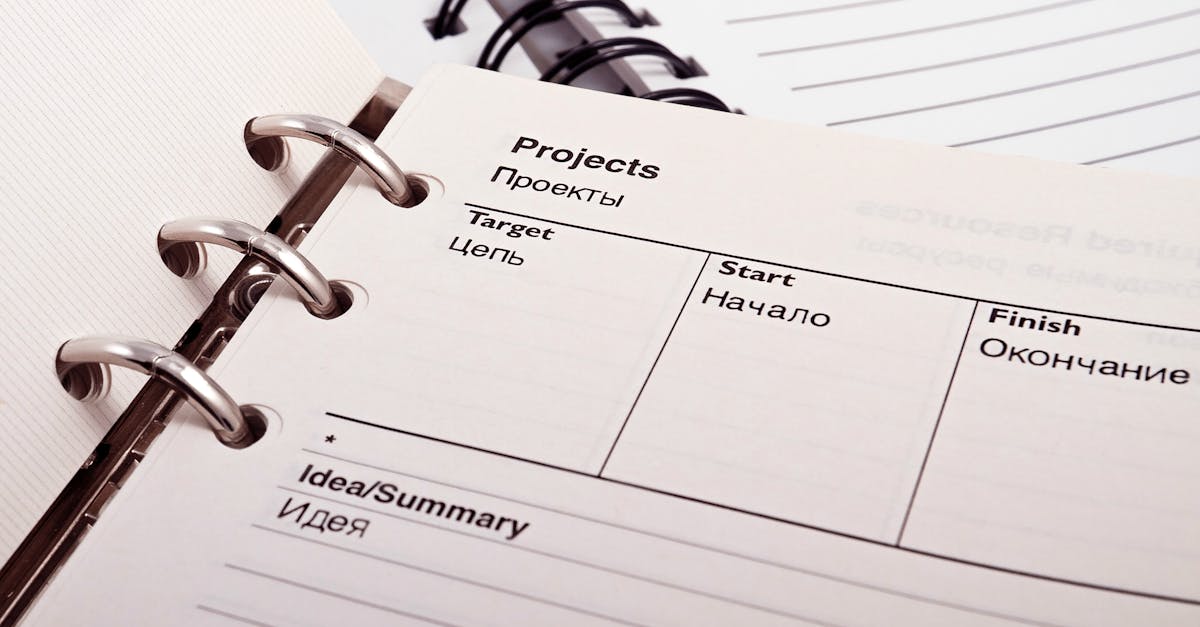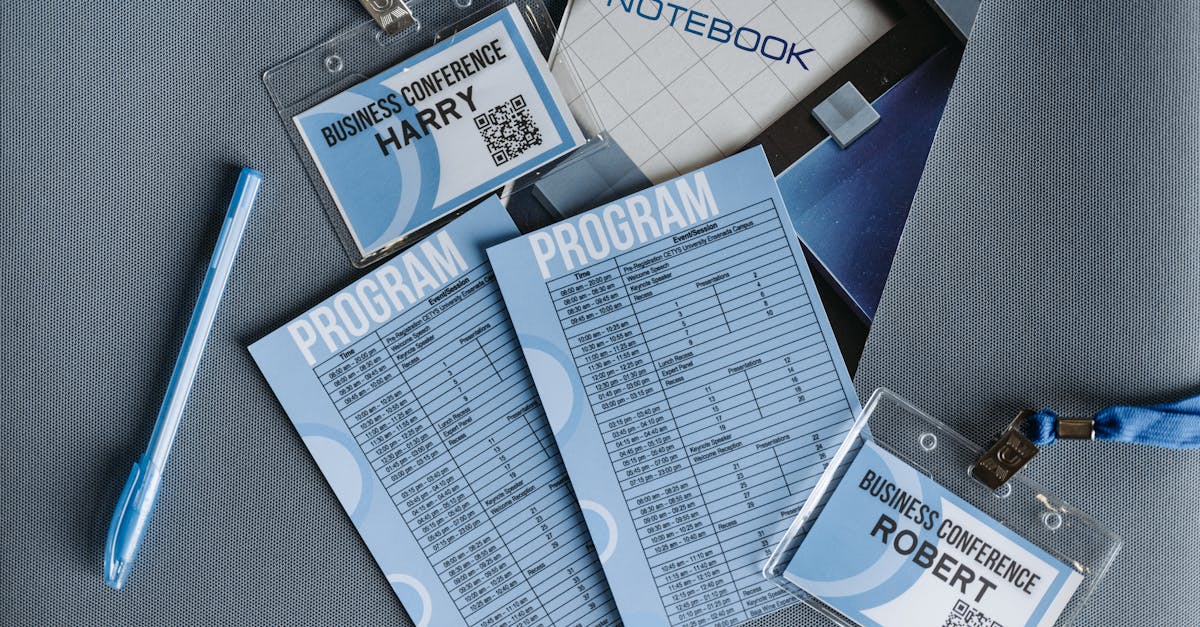
Introduction
Every missing label, inaccessible PDF, or rigid form timeout can cost you a candidate, invite legal exposure and erode early retention. For HR onboarding teams, that means designing forms and templates that are usable, private and automatable — not a manual patchwork. Document automation and template triggers let you scale inclusive workflows: deliver localized documents, route confidential accommodation requests to the right people, and enforce secure storage and audit trails without extra manual steps.
What you’ll get: A practical guide to building WCAG‑compliant forms and inclusive template workflows, covering an essential accessibility checklist (labels, keyboard navigation, clear language, mobile access), inclusive template design (multi‑lingual fields, plain‑language clauses, confidential accommodations), automated accommodation and confidentiality flows, testing strategies with assistive technologies, and training plus example templates to update first‑day packets. Read on to make onboarding faster, safer and more welcoming for every candidate.
Why accessibility matters for onboarding: legal risk, candidate experience and retention
Legal risk: Accessible HR onboarding is a compliance issue. In many jurisdictions, including ADA-covered U.S. employers and equivalent laws elsewhere, inaccessible hiring materials and onboarding processes can create liability for discrimination or failure to provide reasonable accommodation.
Candidate experience: Candidates who encounter inaccessible job‑offer letters, forms or orientation pages often drop out before their first day. Making materials accessible improves the new hire onboarding experience and reduces friction in the hr onboarding process.
Retention and cost: A smooth, inclusive onboarding experience improves early engagement and retention. Investing in accessibility reduces rework, lowers early turnover, and supports retention strategies for new hires—saving recruitment and training costs.
Business benefits: Accessible onboarding widens talent pools, strengthens employer brand, and integrates seamlessly with onboarding software and automation tools to deliver consistent, compliant new employee onboarding.
WCAG checklist for onboarding forms: labels, keyboard navigation, language clarity and mobile access
Use the Web Content Accessibility Guidelines (WCAG) as a practical checklist when you design forms and pages used in onboarding software or manual HR processes.
Essential checklist
- Form labels & semantics: Every form control must have an explicit label; use native HTML elements or ARIA labels when necessary.
- Keyboard navigation: Ensure complete keyboard access (tab order, focus indicators, skip links).
- Clear language: Use plain language for instructions and error messaging; provide examples for required fields.
- Mobile access: Test responsive layouts, touch targets, and virtual keyboard behavior for mobile new hire onboarding.
- Contrast & readability: Meet contrast ratios and allow scalable text for users with low vision.
- Error handling: Provide descriptive, inline error messages and suggested fixes.
- Labels for attachments: Describe uploaded documents and provide accessible previews (not just images).
- Time limits: Avoid strict timeouts or provide extensions for cognitive and motor disabilities.
Document this hr onboarding checklist and include it in acceptance criteria for your onboarding software or hr onboarding template workstreams.
Designing inclusive templates: multi‑lingual fields, plain‑language clauses and accommodations requests
Multi‑lingual support: Build fields that support preferred language selection and create translations for key documents (offer letters, appointment letters, policies). Store language preference on the employee profile to serve localized documents automatically.
Plain‑language clauses: Replace legalese with concise summaries and a short plain‑language clause that explains key terms (pay, benefits, probation). Keep the full legal text accessible but secondary.
Accommodations & privacy
- Request field: Include an optional, private accommodations request field that routes to HR and the accommodation owner.
- Confidential flags: Mark sensitive fields so only authorized users can view them; avoid displaying accommodation details in broad onboarding packets.
These design elements make templates more usable in new hire onboarding and reduce the need for case‑by‑case workarounds. Use template patterns that integrate with your onboarding process and onboarding automation tools.
Automating reasonable‑accommodation and confidentiality workflows with template triggers
Template triggers: Configure triggers in your onboarding software so that when a candidate completes an accommodations request or checks a confidentiality consent, the system creates a task for HR, notifies the accommodation reviewer, and logs the request to the employee’s private record.
Workflow best practices
- Least privilege: Ensure access controls so only authorized staff see accommodation details.
- Audit trails: Automatically record who accessed or modified confidential fields to support compliance reviews.
- Secure storage: Route health‑related forms (e.g., HIPAA authorizations) to encrypted storage and link only metadata to general employee profiles.
- Automated reminders: Trigger follow‑ups for incomplete forms and set reminders for accommodation implementation timelines.
Link sensitive templates to a secure authorization flow (for example, a HIPAA authorization where relevant) to centralize confidentiality controls and reduce manual handling: HIPAA authorization example. These automation patterns speed up the hr onboarding process while preserving privacy and compliance.
Testing and validation: accessibility QA, user testing and assistive technology checks
Automated & manual QA: Start with automated scans (axe, WAVE) to catch common issues, then perform manual checks for keyboard order, focus management and semantic structure.
User testing and assistive tech
- Screen readers: Test with NVDA, VoiceOver and TalkBack across platforms to validate reading order and labels.
- Keyboard only: Verify all onboarding flows can be completed without a mouse.
- Mobile accessibility: Validate zoom, text scaling, and touch target sizes on iOS and Android.
- Real‑user testing: Recruit a small panel of users with disabilities or use employee volunteers to complete the hr onboarding checklist tasks and report pain points.
Regression & acceptance: Add accessibility checks into your QA pipeline and require accessibility acceptance criteria for any hr onboarding template changes. Track key onboarding metrics and KPIs—time to complete forms, completion rate, accommodation turnaround time—to measure onboarding success and iterate.
Training HR teams to use inclusive templates and track acknowledgements
Training focus: Teach HR staff how to select localized templates, identify confidential fields, and trigger accommodation workflows. Use short reference guides and hands‑on sessions tied to your hr onboarding process.
Tracking acknowledgements
- Digital signatures: Use e‑signature tools that are accessible and store signed records centrally.
- Read receipts: Track who opened and acknowledged critical documents (offer, appointment, policies).
- Onboarding checklist integration: Embed an hr onboarding checklist in the LMS or onboarding software so managers and HR can see completion status at a glance.
Train HR to monitor onboarding metrics (completion rate, time to first day, acknowledgement latency) and to run periodic audits of templates for accessibility and content currency. Providing a reproducible onboarding template and process reduces errors and supports consistent candidate experience.
Example templates to update first‑day packets for accessibility and localization
Update these common first‑day templates to improve accessibility and localization. For each, add a plain‑language summary, translations, metadata for language preference, and mark confidential fields.
Templates to update
- Job offer letter: Simplify clauses, add alternate language versions and accessible PDF/HTML outputs. Example template: Job Offer Letter.
- Appointment letter: Include payroll and benefits summaries in clear language and capture language preference: Appointment Letter.
- Timekeeping & attendance rules: Provide plain‑language guidance and translated copies for shift workers: Quy định về chấm công.
- Health & privacy authorizations: Make HIPAA or medical consent forms accessible and route them into the confidential workflow: HIPAA authorization.
Use these updates as a baseline for your hr onboarding template library and incorporate them into onboarding automation tools so localized, accessible packets are delivered automatically on the candidate’s first day.
Summary
Accessible onboarding is not just a compliance checkbox — it’s a practical way to reduce legal risk, improve candidate experience, and increase early retention. This post walked through a concise WCAG checklist for forms, inclusive template patterns (multi‑lingual fields, plain‑language clauses, confidential accommodation fields), automation patterns that route and protect sensitive data, and testing and training practices to keep templates current. Document automation helps HR and legal teams scale consistent, private, auditable workflows so you deliver localized, compliant packets without manual handoffs. Ready to make first‑day experiences faster and more welcoming? Start applying these patterns with tools like Formtify: https://formtify.app
FAQs
What is HR onboarding?
HR onboarding is the set of activities and documentation that bring a new hire from offer acceptance to productive integration in their role. It includes administrative forms, role‑specific training, benefits enrollment, and any accommodation requests needed to start work successfully.
How long should onboarding last?
Onboarding length varies by role and organization, but an effective program typically spans from day one through the first 60–90 days. Use phased checkpoints (pre‑start, first week, 30/60/90 days) to stagger paperwork, training, and cultural integration without overwhelming the new hire.
What should be included in an onboarding checklist?
An onboarding checklist should cover essential documents (offer/appointment letters, tax and payroll forms), IT and access provisioning, benefits enrollment, role training, and any accommodation or confidentiality requests. Include accessibility checks, language preferences, and clear acceptance criteria so templates and workflows are consistent and auditable.
What is the difference between onboarding and orientation?
Orientation is typically a single event or set of sessions that introduce policies and basics, while onboarding is an extended process that integrates the employee into their role, team, and company culture. Onboarding includes ongoing check‑ins, training, and administrative follow‑ups beyond the initial orientation.
How do you measure onboarding success?
Measure onboarding success with quantitative metrics like form completion rate, time to complete onboarding, accommodation turnaround time, and early retention, plus qualitative feedback such as new‑hire satisfaction or onboarding NPS. Track these KPIs to identify friction points, validate accessibility fixes, and iterate on templates and automated workflows.





